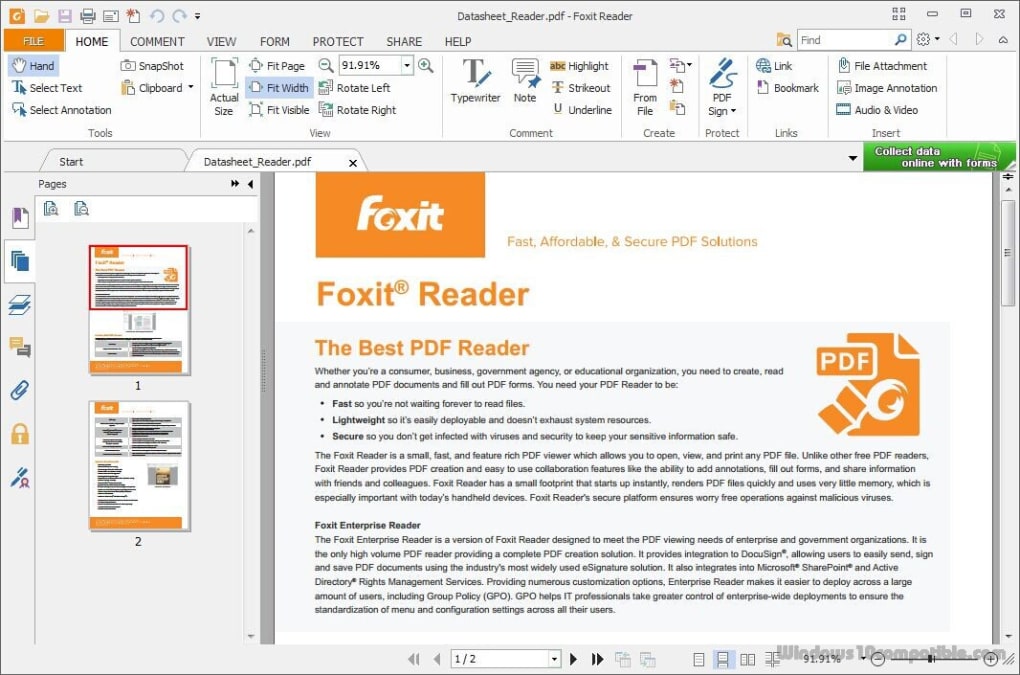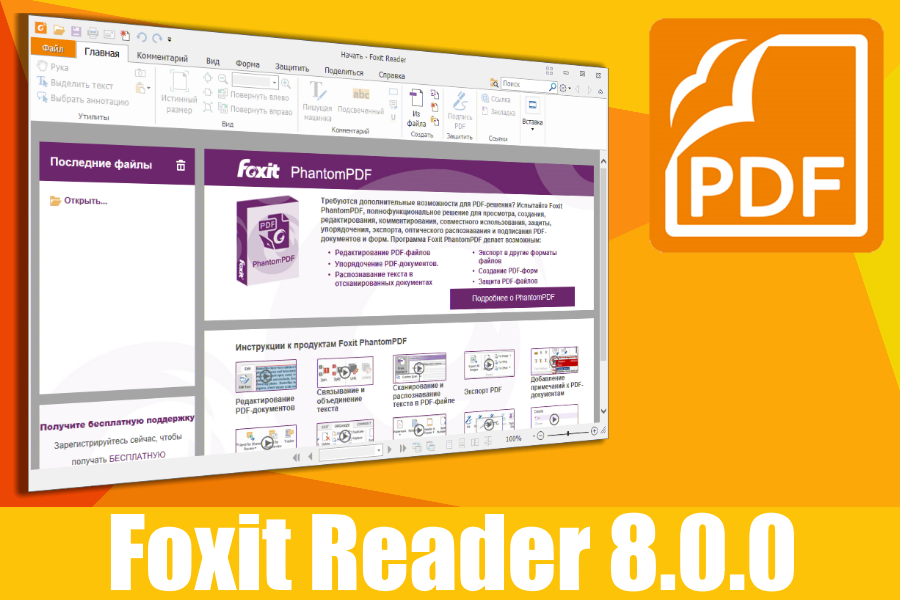

However, its absorption has been reported to be sensitive to local gastrointestinal conditions and formulation employed. CPM is also categorized into BCS class I. CPM is an antihistamine and used widely for symptomatic relief of the common cold and allergic conditions. AAP is rapidly and almost completely absorbed, mainly in the small intestine, with negligible absorption in the stomach. The absorption of BCS class I drugs can be influenced mainly by gastric emptying rate rather than dissolution or formulation parameters unless the dissolution rate is slower than gastric emptying time. AAP is categorized as Biopharmaceutical Classification System (BCS) class I, which is highly soluble and highly permeable. Variable pharmaceutical products included acetaminophen (AAP), chlorpheniramine maleate (CPM), dextromethorphan hydrobromide (DMH), and dl-methylephedrine hydrochloride (MEH) in combination therapy for the common cold.ĪAP is the most widely used non-prescription analgesic globally and is considered safe in therapeutic doses producing negligible therapeutically significant drug interaction even though overdose can cause hepatotoxicity. As pharmacological interventions, analgesics, antihistamines, and decongestants have been applied as mono- and combination therapy.

The primary goal of the treatment is a reduction in duration and severity of the symptoms by non-pharmacological and pharmacological interventions. Hence, people usually recover in seven or ten days. These symptoms are generally self-limited. The common cold, an acute upper respiratory viral infection, is a mild illness that typically presents with nasal congestion, rhinorrhea, sour throat, cough, headache, and fever. In conclusion, jelly can be a patient-centered formulation with comparable bioavailability to syrup. In two IR tablets, GMRs of AUC 0-t were in a range of 0.55–0.95 indicating a tendency of lower absorption than the syrup and jellies.

However, Jelly-S and Jelly-H showed 0.82–1.05 of the geometric mean ratios (GMRs) of AUC 0-t for all four drugs compared to the syrup suggesting comparable absorption. When administered orally to beagle dogs, all five formulations were determined not to be bioequivalent. The dissolution rates from the jellies decreased with increasing pH, which resulted in the slowest dissolution in pH 6.8 compared to the syrup and IR tablets. All the formulations exhibited more than 80% dissolution rate within 2 h even though the syrup, Jelly-S, and Tablet-S showed higher 30-min dissolution compared to Jelly-H and Tablet-H. In vitro dissolution and in vivo absorption of the four drugs in the jellies were compared with other conventional formulations, a syrup and two types of immediate-release (IR) tablets with different hardness, Tablet-S (15 kPa) and Tablet-H (20 kPa).

Jelly-S and Jelly-H were fabricated using carrageenan and locust bean gum in the absence and presence of xanthan gum, respectively. To evaluate the effect of jelly formulation on the bioavailability of cold medicines, two types of jellies were prepared for a fixed-dose combination of acetaminophen (AAP), chlorpheniramine maleate (CPM), dextromethorphan hydrobromide (DMH), and dl-methylephedrine hydrochloride (MEH). Jellies for oral administration have been suggested as alternative dosage forms to conventional tablets for improved palatability and compliances for pediatric and geriatric patients.


 0 kommentar(er)
0 kommentar(er)
